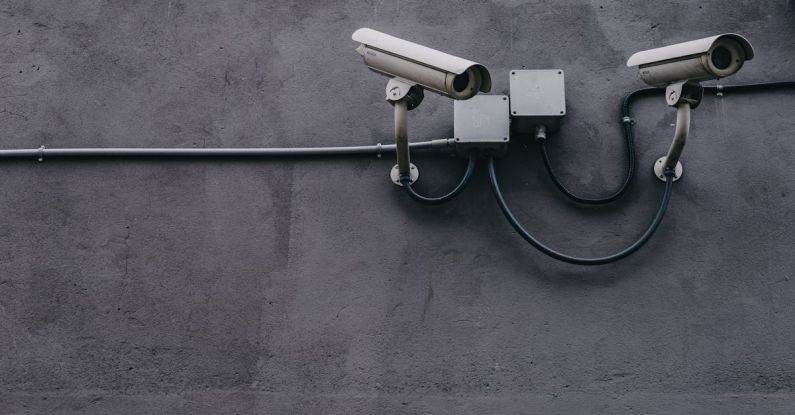In today’s digital age, where almost every aspect of our lives is intertwined with the online world, safeguarding our privacy has become more crucial than ever. With the constant threat of data breaches, online surveillance, and identity theft, it is imperative to implement best practices for online privacy to protect our personal information and maintain control over our digital footprint. By following these guidelines, individuals can navigate the digital landscape more securely and confidently.
Understanding the Importance of Online Privacy
The internet is a vast repository of information where our personal data is constantly being collected, stored, and shared. From social media platforms to online shopping websites, every click and interaction leaves a trail of digital footprints that can be exploited by malicious actors. Therefore, it is essential to be aware of the risks associated with sharing personal information online and take proactive measures to safeguard our privacy.
Creating Strong and Unique Passwords
One of the simplest yet most effective ways to enhance online privacy is by creating strong and unique passwords for each online account. Using a combination of letters, numbers, and special characters can significantly reduce the risk of unauthorized access to your accounts. Additionally, avoid using easily guessable information such as birthdates or pet names in your passwords. Consider using a reputable password manager to securely store and manage your login credentials for added convenience and security.
Implementing Two-Factor Authentication
Two-factor authentication (2FA) adds an extra layer of security to your online accounts by requiring a secondary verification step in addition to your password. This could involve receiving a one-time code via text message, email, or through a dedicated authentication app. By enabling 2FA on your accounts, you can significantly reduce the likelihood of unauthorized access, even if your password is compromised.
Being Mindful of Personal Information Sharing
When using social media platforms or online services, be cautious about the type of personal information you share. Avoid oversharing details such as your home address, phone number, or financial information unless absolutely necessary. Review the privacy settings of your accounts regularly to ensure that you are only sharing information with trusted individuals and entities.
Browsing Securely with HTTPS
When browsing the web, pay attention to the security of the websites you visit. Look for the padlock icon next to the website’s URL, indicating that the connection is secure and encrypted using HTTPS. Avoid entering sensitive information on websites that do not have HTTPS protocols in place, as this could expose your data to potential interception by cybercriminals.
Regularly Updating Software and Applications
Keeping your devices and software up to date is essential for maintaining online privacy and security. Software updates often include patches for known vulnerabilities that could be exploited by cyber attackers. Set your devices and applications to automatically update or regularly check for updates manually to ensure that you are running the latest versions with enhanced security features.
Reviewing Privacy Policies and Permissions
Before agreeing to the terms and conditions of a new app or service, take the time to review their privacy policy and permissions requests. Be cautious of apps that require excessive access to your personal information or device features that are unrelated to their core functionality. Consider limiting the permissions granted to apps and services to only what is necessary for them to operate effectively.
Securing Your Home Network
Your home network is the gateway to the internet for all your devices, making it a prime target for cyber threats. Secure your Wi-Fi network with a strong password, enable encryption protocols such as WPA2 or WPA3, and consider setting up a guest network for visitors to ensure that your primary network remains secure. Regularly update your router firmware to patch security vulnerabilities and monitor connected devices for any suspicious activity.
Conclusion: Safeguarding Your Online Privacy
In a digital world where our personal information is increasingly vulnerable to exploitation, practicing good online privacy habits is essential for protecting ourselves from potential threats. By implementing strong passwords, enabling two-factor authentication, being mindful of personal information sharing, browsing securely, updating software, reviewing privacy policies, and securing home networks, individuals can enhance their online privacy and reduce the risk of falling victim to cyber threats. Remember, safeguarding your online privacy is a continuous effort that requires vigilance and awareness of the evolving digital landscape. By staying informed and proactive, you can navigate the online world with confidence and peace of mind.
